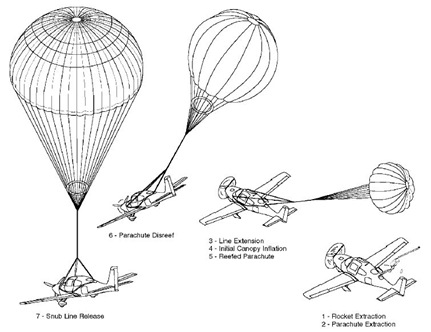John Fiscus, the Chief Pilot of The Flight Academy, has written a great article for the Cirrus Owners & Pilots Association (COPA) blog about when and where you should pull the red handle and use of the Cirrus Airframe Parachute System (CAPS) instead of just troubleshooting. John began his article by noting that there have been a number of accidents involving Cirrus Aircraft that occurred while the aircraft was low. Hence, the majority of pilots in such incidents had little time to react. However and in the cases where they did act fast enough to deploy their CAPS system, they did so with great success.
John then noted that unless a pilot has a very specific and well-trained set of tolerances for using CAPS, it’s a strong possibility that the pilot will not go for the chute until after its to late. In other words, pilots often:
- Don’t have an established procedure (or don’t know it).
- Don’t practice the established procedures very often.
So when and where should you use or consider using CAPS? John noted the following three situations:
- In some takeoff zones where using CAPS isn’t a particularly good option, it should be used quickly and in lieu of troubleshooting – especially below 2,000 AGL.
- In some situations when not necessarily close to the ground. John mentioned situations where there is loss of control in flight or a loss of an engine.
- In any emergency situation, a pilot should first ask himself whether CAPS should be used. If the answer is no, then a pilot should proceed with the appropriate emergency checklist and then reconsider CAPS if all else fails.
John ended his article by noting that after 23 deployments, it is clear that CAPS will save lives if pilots are both trained and willing to use it.

Leave a Reply